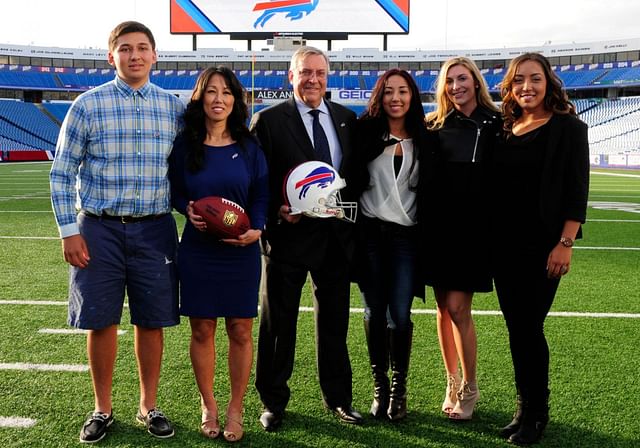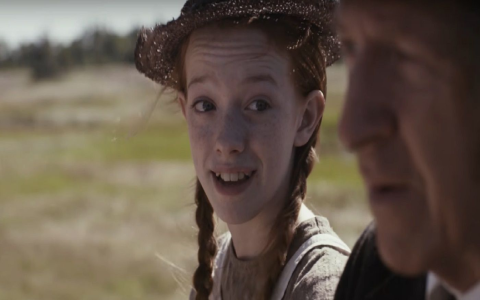Alright, let’s talk about my little project: “anne shirley pegula.” Sounds fancy, huh? It’s not. It’s actually just me messing around with some image recognition stuff and trying to get it to identify, well, Anne Shirley Pegula. Why? Because why not!

So, it all started with me thinking, “Hey, I’ve got some free time. Let’s dive into image recognition.” I’d been meaning to get my hands dirty with it for a while. First, I spent a whole afternoon just downloading a bunch of pictures of Anne Shirley Pegula. I’m talking different angles, different lighting, you name it. The more variety, the better, right?
Next up, I tried to get my environment set up. I went with Python (because everyone does, it seems) and TensorFlow. I struggled a bit with TensorFlow at first. The documentation is… something else. I spent a solid evening just wrestling with installation errors. It felt like I was back in college all over again!
Okay, so environment was finally behaving. Then I got to the fun part – actually building the model. I basically grabbed a pre-trained model (MobileNetV2, I think it was), and then I “fine-tuned” it with my Anne Shirley Pegula image dataset. Fine-tuning is just a fancy way of saying “tweaking it a bit” so it recognizes my specific images. I followed a tutorial online for the most part, but I did have to mess around with the learning rate a little to get it to converge properly. Too high, and it would just bounce all over the place. Too low, and it would take forever to train.
Training took a while, even with a decent GPU. I let it run overnight, and woke up to… meh results. It was okay-ish at recognizing Anne Shirley Pegula, but it also kept thinking random people were her. Turns out my dataset wasn’t as good as I thought. So I went back and grabbed a whole bunch more images, this time being extra careful to filter out any that weren’t actually her.
Second attempt at training went much better! The accuracy jumped up significantly. I started feeling pretty good about myself. I even wrote a little script to run it on my webcam feed. It was hilarious! Every time I pointed it at a picture of Anne Shirley Pegula on my computer screen, it would correctly identify her. It felt like magic, even though I knew exactly how it worked.

Of course, it’s not perfect. It still gets confused sometimes, especially if the lighting is bad or the image is blurry. But hey, it’s a work in progress. And honestly, I learned a ton just by messing around with it. I definitely understand image recognition a whole lot better than I did before. And who knows, maybe I’ll even try building my own model from scratch someday.
Lessons Learned:
- Data is king! The quality of your dataset makes a huge difference.
- Don’t be afraid to use pre-trained models. They save you a ton of time.
- TensorFlow documentation can be a pain, but Google is your friend.
- Image recognition is actually pretty fun!
So, yeah, that’s the story of my Anne Shirley Pegula image recognition project. Nothing earth-shattering, but it was a cool learning experience. Now, I’m thinking of tackling something a bit more challenging. Maybe I’ll try to get it to recognize different breeds of dogs. Wish me luck!












